Understanding the Accuracy of Glucometer: What Affects Readings
Managing blood sugar levels is critical to diabetes care, and glucometer is invaluable tools. These portable devices allow individuals with diabetes to monitor their blood glucose levels at home, helping them manage their condition effectively. However, like any medical device, the accuracy of glucometers can vary due to several factors. Understanding what influences these readings can empower users to ensure more reliable results.

How Glucometers Work
A glucometer measures blood glucose by analyzing a small blood sample, usually taken from a finger prick. The device uses biosensors to detect the amount of glucose in the blood. Most modern glucometers work with test strips, which contain enzymes like glucose oxidase that react with glucose to produce a measurable electric current. The device then converts this current into a numerical blood glucose value displayed on the screen.
Factors Affecting Glucometer Accuracy
- User Technique
- Proper blood sample size: Too little blood can cause inaccurate readings. If the strip doesn’t get enough blood, the device might give an error message or yield a wrong result.
- Contaminants on the skin: If there are food particles, lotion, or alcohol residue on your skin, the blood sample might become contaminated, skewing results.
- Timing: Some devices require users to wait a few seconds before applying the blood sample to the strip. Failing to do so may affect the results.
- Test Strip Quality
- Expiration date: Test strips are coated with enzymes that can degrade over time. Using expired strips can result in false readings.
- Storage conditions: Strips should be kept in a cool, dry place. Exposure to moisture, high heat, or freezing temperatures can damage them and affect the accuracy of readings.
- Batch variability: Different batches of strips can have slight variations in the enzyme levels. Manufacturers often recommend calibrating the glucometer each time a new batch of strips is used to maintain accuracy.
- Environmental Factors
- Temperature: Both high and low temperatures can affect the performance of glucometers. Most devices are designed to work best at room temperature (usually between 50°F and 104°F or 10°C and 40°C). Testing in extreme temperatures can yield incorrect results.
- Altitude: At high altitudes, there’s less oxygen in the air. This can interfere with the chemical reactions on the test strip, resulting in inaccurate blood sugar readings.
- Physiological Factors
- Hematocrit levels: Hematocrit refers to the proportion of red blood cells in your blood. People with very low or very high hematocrit levels may get inaccurate readings. High hematocrit (thick blood) can lead to falsely low readings, while low hematocrit (thin blood) can cause falsely high readings.
- Dehydration: Lack of fluids in the body can cause glucometers to give higher glucose readings than your actual level.
- Blood oxygen levels: In some cases, low blood oxygen levels, such as during serious respiratory issues, may affect glucometer readings. The device could give a higher reading than what’s accurate.
- Calibration and Coding
- Many glucometers need to be calibrated for each new batch of test strips. This is often done by entering a code from the test strip vial into the device. Failing to do so can lead to errors.
- Some newer devices are “no-code” glucometers, which means they automatically adjust for the strip batch, reducing the chance of user error.
- Medications and Substances
- Certain medications, such as acetaminophen (Tylenol), vitamin C, and some diabetes medications, can interfere with glucometer readings. These substances can cause the device to give falsely high or low readings.
- Substance abuse or high levels of certain metabolic substances in the body can also distort results, so it’s crucial to inform healthcare providers about all substances and medications you are using.
Ensuring Accurate Glucometer Readings
To achieve accurate results consistently, users should follow these best practices:
- Wash hands thoroughly with soap and water before testing, avoiding alcohol wipes as they can leave a residue.
- Use a fresh lancet and ensure the blood sample is sufficient.
- Store test strips properly, and discard expired or damaged strips.
- Avoid testing in extreme temperatures or when dehydrated.
- Calibrate the glucometer as per the manufacturer’s instructions, especially when switching test strip batches.
- If you suspect an error or unusual reading, repeat the test or consult your healthcare provider.
Regulations and Standards
The FDA has set specific accuracy standards for glucometers. According to these guidelines, for glucose levels above 75 mg/dL, glucometers should be within ±15% of laboratory results 95% of the time. For readings below 75 mg/dL, they should be within ±15 mg/dL of laboratory tests. However, even the best glucometers are not 100% accurate and may have a margin of error.
Conclusion
Although glucometers are not flawless, understanding the factors that affect their accuracy can help users minimize errors and obtain reliable blood sugar readings. Regular calibration, proper usage, and taking into account external and physiological factors can ensure that individuals get the most accurate data to manage their diabetes effectively. Keeping these elements in check is critical for both daily management and long-term health outcomes.
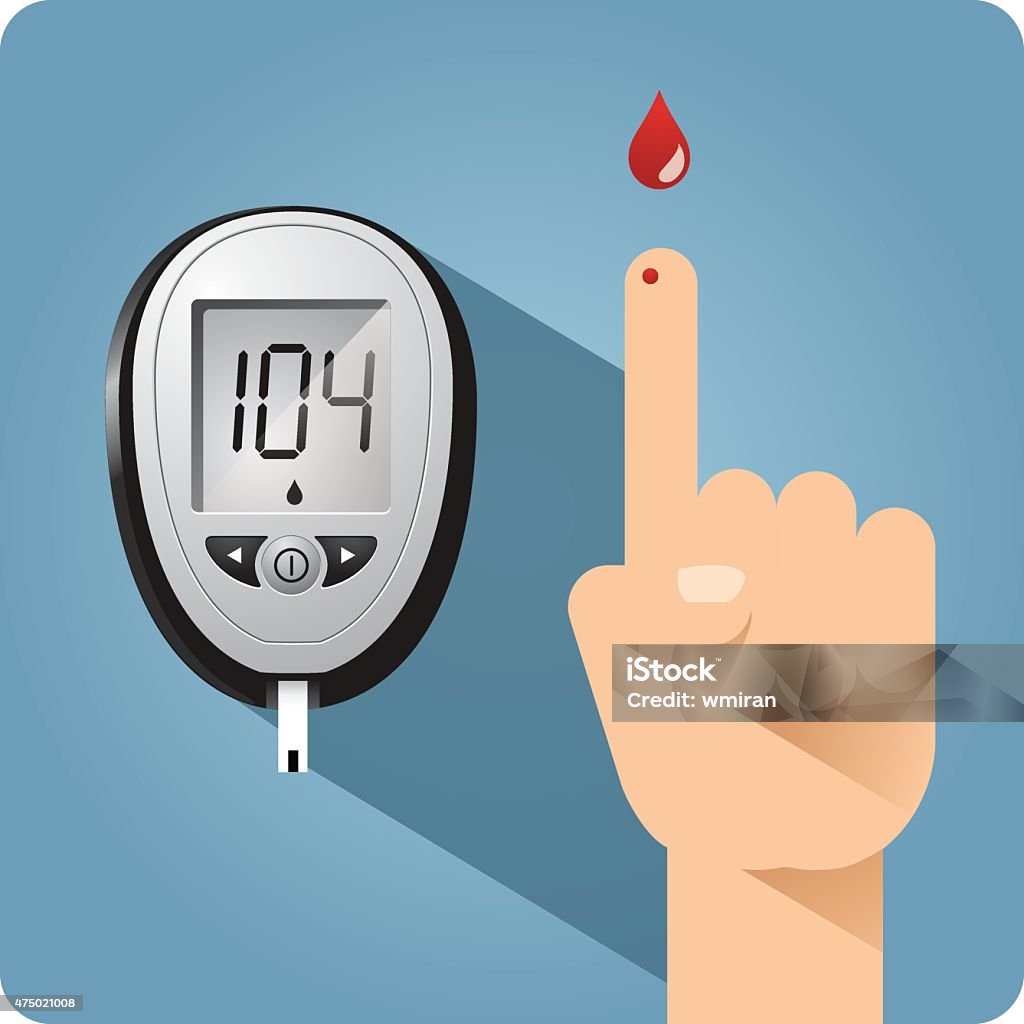
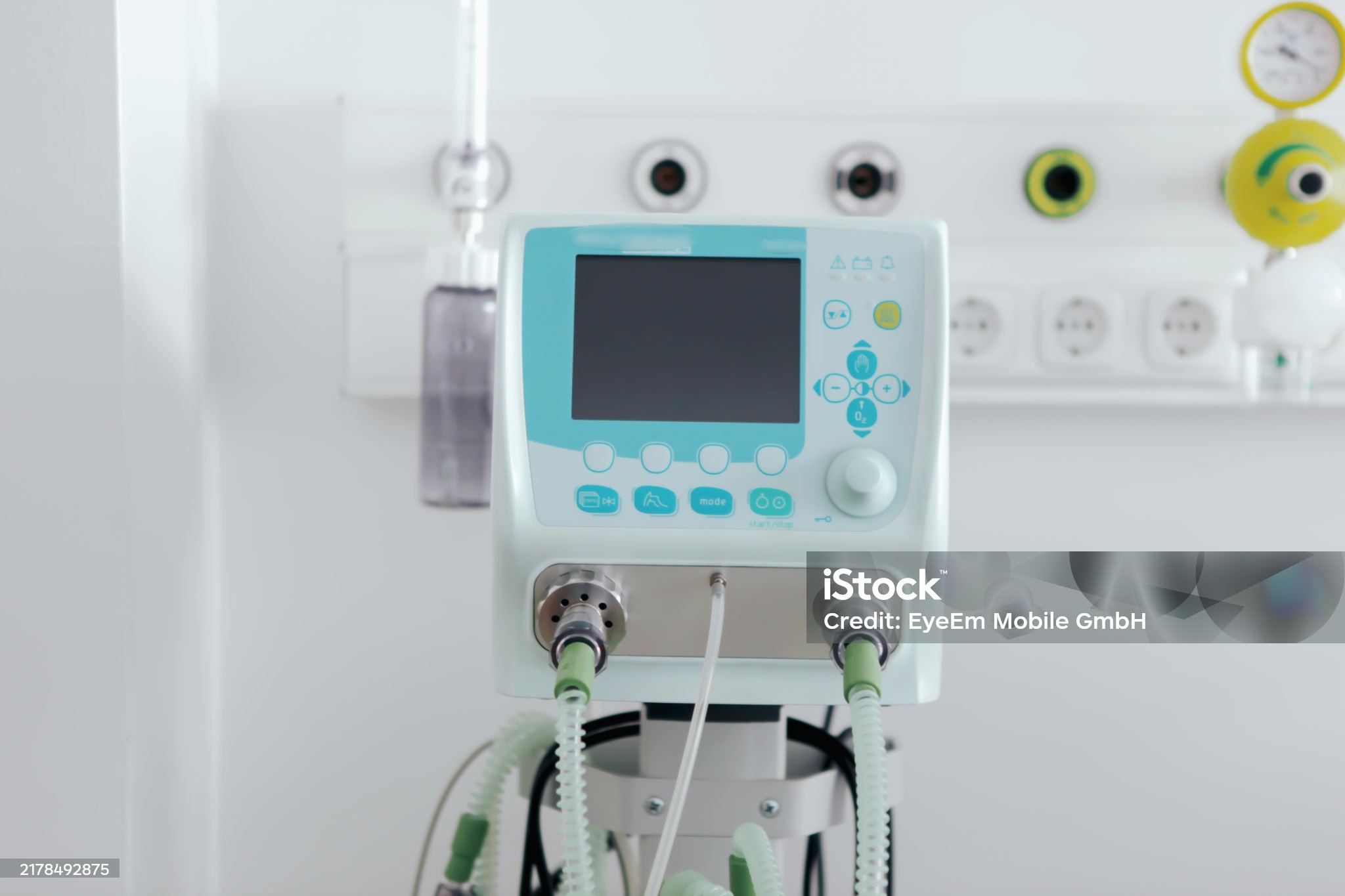

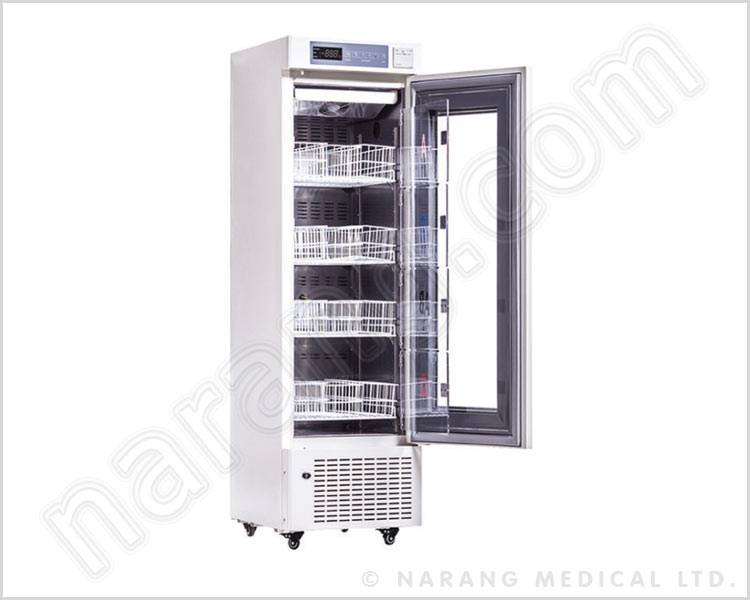

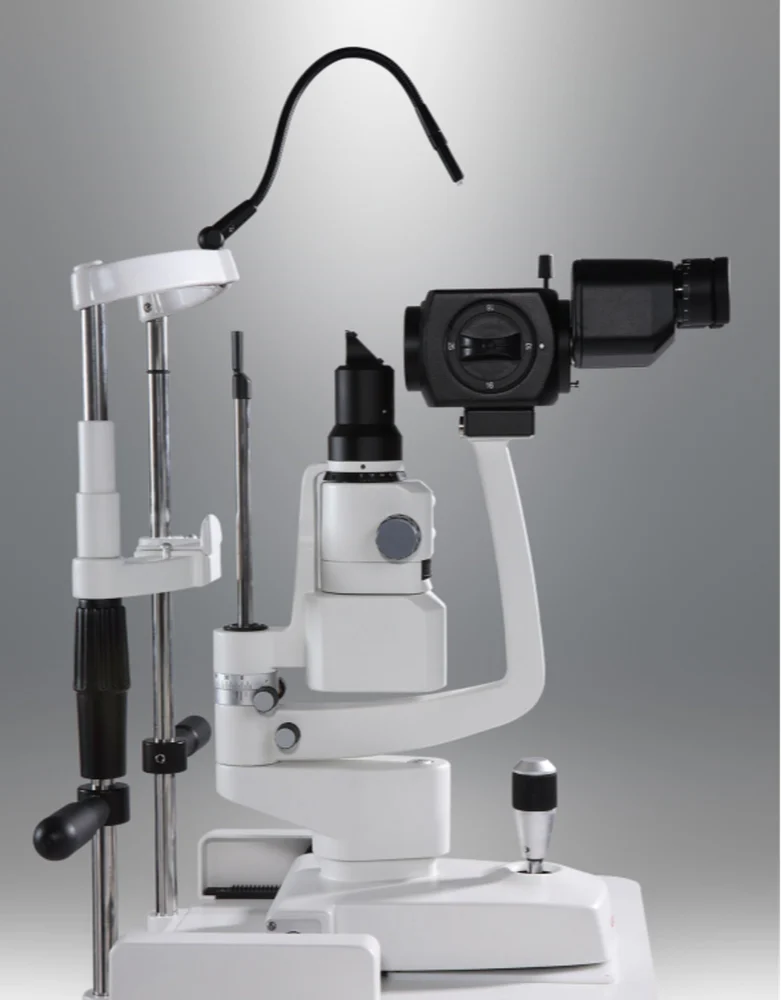

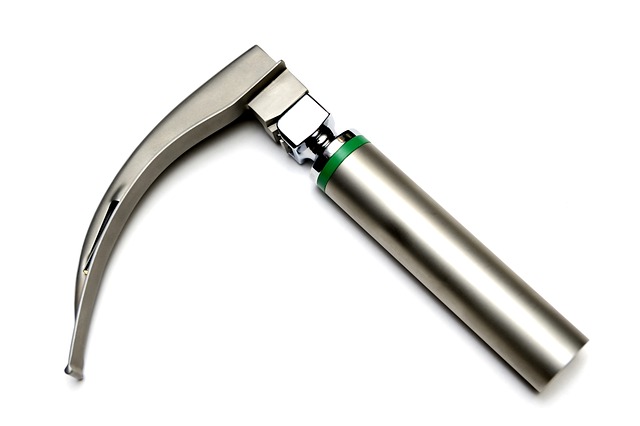

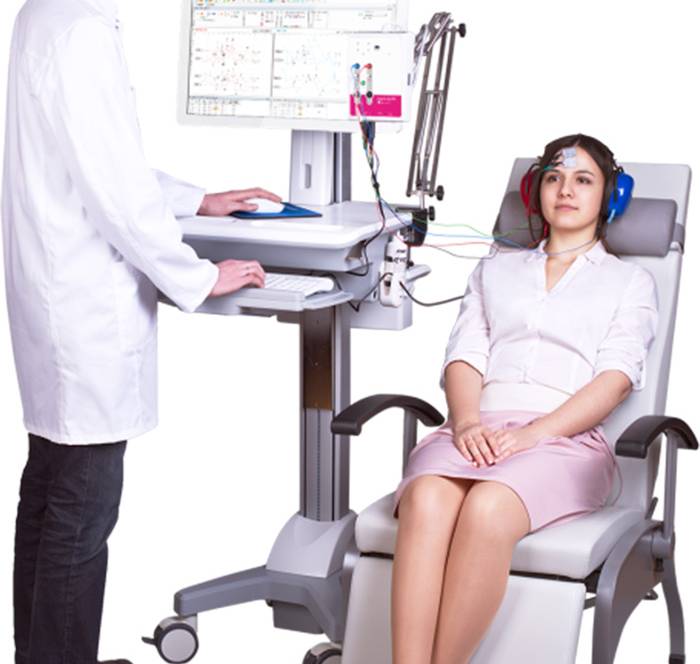
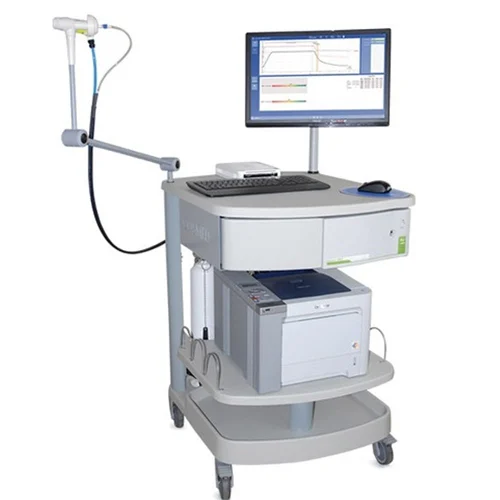
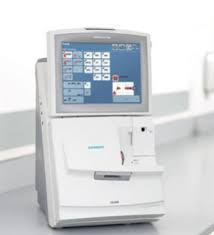

Leave a Reply